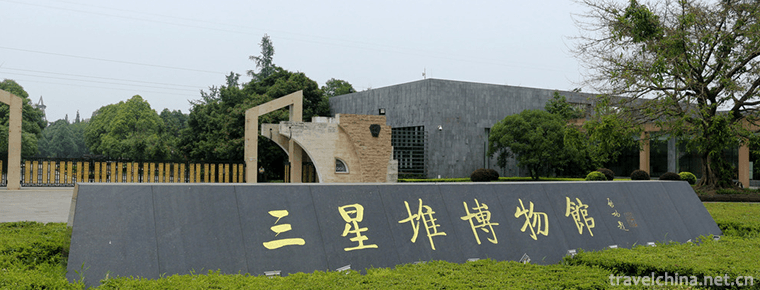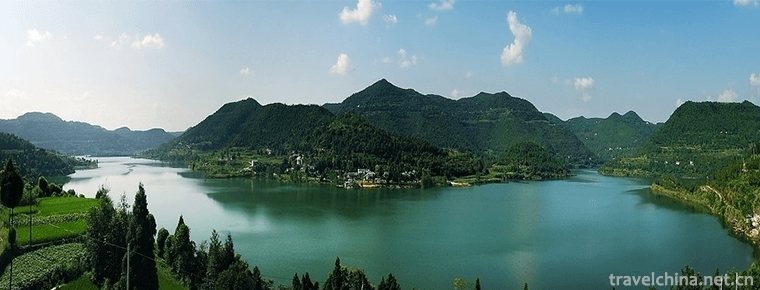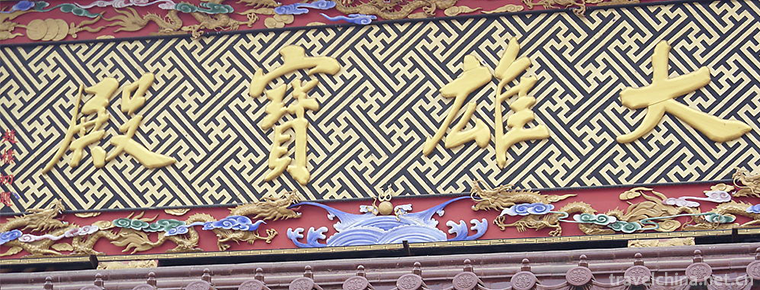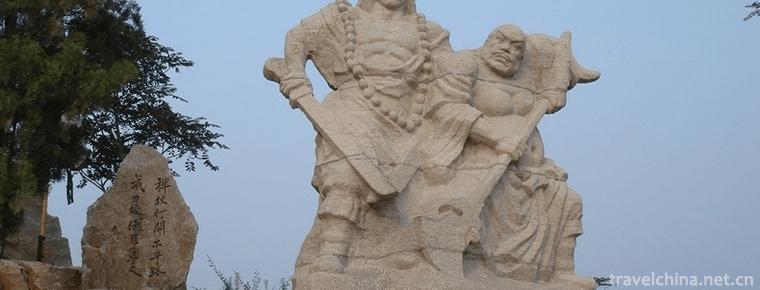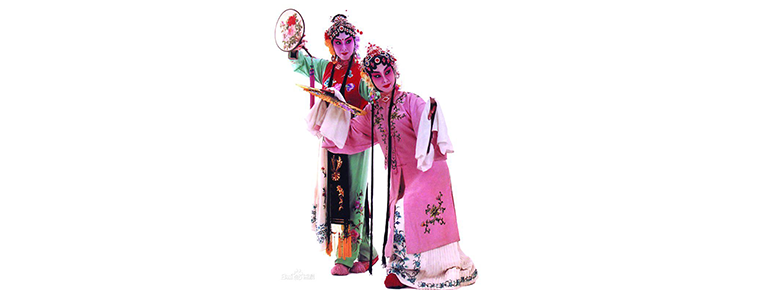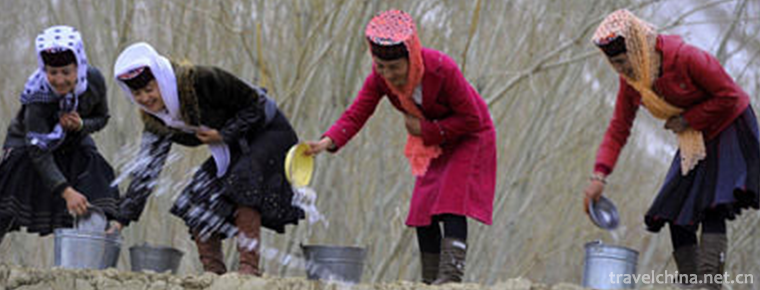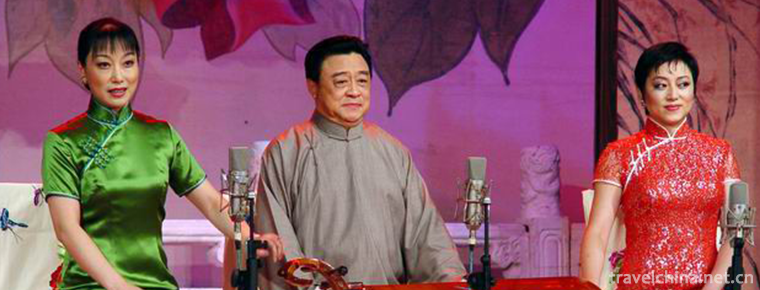Daur Ruzhigle Dance
Daur Ruzhigle Dance
"Luzhigle" is a representative folk dance of Daur nationality. It varies from place to place, including "Alhambo", "Langtudabe", "Hakumai", "Hagen Melger" and so on. In Nenjiang Valley of Inner Mongolia and Heilongjiang, where Daur people live together, "Luzhigle" dance is a collective name for its folk dance, mostly for women performing self-entertainment dance. According to textual research, "Luzhigle" means "burning" or "prosperity" in Chinese, and the Dalian language "Luzhiglebei" can be extended to "jump up". Because "Hamburg, Hamburg" is shouted while dancing during the performance, so "Ruzhegler" is also known as "Hamburg Dance".
In 2006, Daur Ruzhegle Dance was listed in the national intangible cultural heritage list.
Historical origin
Ruzhigle is the name of folk dance of Daur people in Buteha area. Luzhigle dance has a long history. According to historical records, ancient Daur gathered on the lawn at the head of the village on a spring night and danced around the burning bonfire hand. You call me to express my heart, adjust spirit and eliminate fatigue in the form of dance after work. Thus it can be seen that Luzhigle and Daur people's production, life and customs have a close relationship. Luzhigle is an ancient folk dance. Among the 17 gods that Daur worshipped, Holiezh Balkan, are the Jesonnauer Kerzil Silang, the statue of Jesong Ugurgurgur Gelen, painted on cloth, which means nine young men dancing by hand and nine girls dancing by foot. It can be seen that Luzhigle is a very ancient cultural content of Daur people, and once there was Luzhigle God of dance. Luzhigle danced by the Daur women, without any carving or artificial elements, expresses people's inner mood and aesthetic feelings directly and fully, and shows a group's resonance, harmony and momentum by group dancing.
Style and characteristics
Forms of expression
Daur is a good dancer and singer. Luzhigle originates from Daur's productive labor and life. Therefore, there are collecting, carrying water, fishing, flying, animal fighting and dancing images in the dance. It is mainly in the form of group dancing, mostly in the form of hunting life and labor scenes. Luzhigler unifies and coordinates the pace and rhythm of dance by calling and singing, which is the integration of song and dance. When dancing Luzhigle, two people usually form a group, and everyone forms a circle dance. The movements of upper body and arms are relatively abundant during the performance. The foot is based on the sideslip step. At the beginning of the dance, the dancer sings a slow and brisk dance song. The dancer dances gently with the singing. The spectators can join the team at any time and anywhere. The dancing atmosphere is gradually warm and the rhythm is speeding up. The dancer constantly interludes and exchanges positions. When the dance reaches its climax, the dancer sends out a philosophical and philosophical idea at the same time. Wait for short and funny calls, step on the foot with a strong beat. There are generally three stages in the process of Luzhigler dance. Starting with singing, melodious melodious slow, euphemistic and pleasant, with the rhythm of the song sliding slow dance, followed by dance-based, the song into joy, dance pace accelerated. At the end of the climax, the singing becomes the short, powerful and interesting calls of Zhe Hezhe, Dehuda, Hamo and Hamo. With one hand on the waist and one arm folding and stretching upward, the dancer forms a fighting and blocking posture. At this time, another person came on the stage in time, inserting the same dance posture into it, in order to relieve the disadvantaged in the dance. The dance ended when people enjoyed it.
The Daur people are good at riding, shooting and singing and dancing. The Luzhigle dance of Daur nationality, which lives in Heilongjiang Province, is also called Hakumel. On the one hand, it has the characteristics of traditional hunting singing and dancing, such as retaining circle formation from the original hunting bonfire singing and dancing, imitating the cries of animals and birds, on the other hand, it has made great progress, such as the formation has varied, the number of new songs sung has increased, the content of singing and dancing is more extensive, the lining words are more rich and unique, and so on. More noteworthy is that Hakumel's singing and dancing has a relatively clear "three-stage" performance program, the first "Bige" is mainly composed of songs, supplemented by dancing; the second "Race Dance" is mainly composed of dancing and supplemented by songs; the third "Fight" is mainly composed of fights, with the actors waving their arms to each other, circling and fighting together with high-pitched shouts, and finally winning or losing. End the singing and dancing performance.
Species difference
Luzhigle is the general name of Daur folk dance. Looking at the songs, calls and dance movements accompanying the dance, there should be many kinds of Daur folk dance. For example, there are cuckoo dances imitating cuckoo's body, fighting dances imitating bear and wild boar's movements, collecting wild vegetables and fruits in the mountains and woods, dressing dances reflecting women's looking in the mirror and combing their hair, water-lifting dances reflecting women's working life, beans-picking dances, dances reflecting young men and women's interaction, and so on. In Luzhigle of Daur nationality, there are also singing and dancing activities like singing and dancing for aunts and gods in operas. Perhaps it is because every time people gather to dance folk dances, various kinds of dances appear and display in turn, gradually merging, so that it is difficult for the younger generation to separate different kinds of dances independently.
Inheritance status
Lu regler is a traditional cultural entertainment activity of the Daur nationality. It reflects the scenes of the early days of the Daur people's hunting pigs, the worship of early dance gods, and the scenes and aesthetic feelings of many Daur people's work and life, including dozens of songs and calls for dance accompaniment. It is a national folk cultural project with rich historical and cultural connotations, and a popular and precious folk collective cultural activity of the Daur people.
Daur people are a people who like singing and dancing. It has always been an important cultural and entertainment activity for Daur people to gather together to sing and dance Luzhigle. This kind of activity is deeply loved by the Daur people in Moqi and other nationalities, and it is still very popular among the people today. In the villages of Shuanglongbao and Xiaokumoer in the town of West Walto, Daur people in the village gather in the village public housing or the well-housing families to dance Luzhigle on festivals. People in the neighbouring villages also invite people from other villages to their villages for dances. Daur Middle School, Experimental Primary School, Ala Central School, Kuruqi Central School and other schools in Moqi are carrying out teaching and performance activities on Ruzhegler. In recent years, the dancing team organized by Daur people performed Luzhigler and the masses spontaneously joined the dance procession at the Obo Festival, Culture and Art Festival, Flag Day and Summer Evening held in Moqi. There are also Daur Ruzhegler in the implementation of minority square dance in Hulunbuir. The square dance has become the content of people's morning exercises and regular performances, which has played a very good role in the standardization and popularization of Ruzhegler.
Inheritance significance
Inheritance value
Hakumel's song and dance is like a "living fossil" in researching and exploring the development and evolution of the primitive hunting songs and dances of the northern nationalities. In addition, it should be noted that there are many similarities between Hakumel song and dance and Manchu "reckless" court song and dance. Especially, the fighting action in Hakumel song and dance is basically the same as Manchu "reckless and empty" one-sided, one-handed on the back, hovering gesture. This similarity is worth studying. Like other folk arts, Hakumel singing and dancing is in an endangered state, and it is urgent to take necessary measures to protect it.
protective measures
Over the past 50 years since the founding of the People's Republic of China, directors, dancers and scholars from all over the country have organized a large number of collections, compilations and performances of Luzhigler, published many works on Luzhigler, and more importantly, compiled a large number of Luzhigler performances on the stage on the basis of collecting the original form of Luzhigler from the people and life style. For example, "Hakumai Dance" and "Cuckoo Dance" compiled by Inner Mongolia Song and Dance Troupe in the 1950s, etc. In inheriting and carrying forward Luzhigle, Ulan Ranch of Moqi has made the greatest contribution. For more than 40 years since its establishment in 1959, Ulan Mudan in Moqi has been their brand program. Among them, "Playing Girl", "Luzhigle", "Happy Village", "Collection" and other dance programs created on the basis of drawing folk Luzhigler's literacy have a strong flavor of life and excellent performance. They have performed on the literary and artistic stage of Inner Mongolia Autonomous Region and the whole country for many times and won many awards. It can be said that Luzhigle, with its strong national characteristics, vividly demonstrates the customs and life of the Daur people, has become a vivid expression of the image of the Daur people on the stage, and is a symbol of the Daur people's industrious and brave, love life, mutual assistance and harmony, open-minded, vigorous and upward national personality. At the same time, the Museum of Moqi Culture has also done a lot of work in collecting and sorting out folk Luzhigle, and in carrying out activities to popularize and improve the mass character of Luzhigle. These indicate that over the years, the Cultural Work Department of Moqi has attached great importance to inheriting and carrying forward Luzhigle, an excellent traditional ethnic culture, and has taken some effective measures. The work has been carried out by the special agencies of Ulan Muqi and Culture Museum.

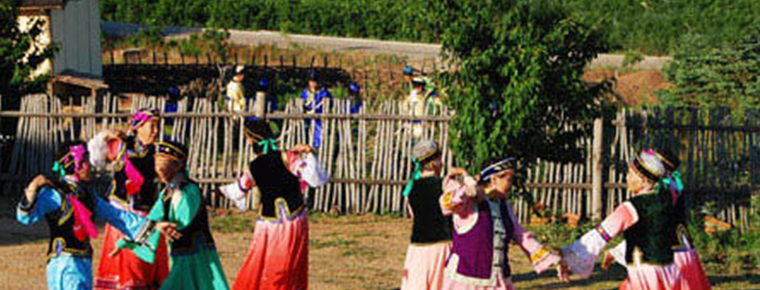
-
Sanxingdui Museum
The Sanxingdui Museum was founded in August 1992 and opened in October 1997. It is located in the northeast corner of Sanxingdui Site, a national key cultural relic protection unit. .
Views: 422 Time 2018-12-18 -
Shengzhong Lake Scenic Area
Shengzhong Lake Scenic Spot: The largest artificial lake in southwest China, Shengzhong Lake, is located in Shengzhong Lake Scenic Spot of National AAAA Tourist Area in Southern County of Sichuan Prov.
Views: 222 Time 2018-12-26 -
Dajing gate
Dajinmen, the national key cultural relics protection unit. Located at the northern end of Zhangjiakou City, it was built in the first year of Shunzhi in the Qing Dynasty (1644 A.D.) and has a history.
Views: 283 Time 2019-01-06 -
Nanhai Chan Temple
Nanhai Chan Temple, a national AAAA scenic spot, is located in the southeast corner of Runan County, Zhumadian City, Henan Province, China.
Views: 121 Time 2019-02-07 -
Shuipo Liangshan Scenic Area
Shuipo Liangshan Scenic Area is located in Liangshan County, Jining City, Shandong Province, with an area of 4.6 square kilometers. It was named for the Liangshan Uprising in Shuihuzhuan, one of the f.
Views: 169 Time 2019-02-08 -
Steamed egg with sand
Steamed eggs with ginseng sand is a traditional Chinese medicine, which has the effect of invigorating qi, nourishing blood and soothing the mind..
Views: 158 Time 2019-03-24 -
Danzhou tune
Danzhou tune is a traditional folk song which only spreads in Danzhou of Hainan Province and has a unique regional style. It is sung in Danzhou dialect with a lively rhythm.
Views: 117 Time 2019-04-25 -
Hebei Bangzi
Hebei Bangzi is an important branch of Bangzi vocal cavity in China. It was formed in the Qing Dynasty (1821 - 1850), and entered a prosperous period in the early years of Qing Guangxu.
Views: 161 Time 2019-05-02 -
Tajik Water Diversion Festival and Seeding Festival
In Tashkurgan Tajik Autonomous County of Xinjiang, Tajik Water Diversion Festival and Seeding Festival are Tajik agricultural festivals. In Tajik, the sowing Festival is called "Hamozivast" .
Views: 225 Time 2019-06-17 -
Changsha Tanci
Changsha Tanci is a traditional opera in Hunan Province. It is popular in Changsha, Yiyang, Xiangtan, Zhuzhou and Liuyang of Hunan Xiangjiang River and Zishui River basin. Changsha Tanci derives from .
Views: 260 Time 2019-07-25 -
Chinese Fashion Making Skills
Chinese style clothing (dragon and Phoenix cheongsam) originated from the late Qing and Qianlong dynasties, and is the inheritor of the Shanghai style cheongsam. Hengsheng's suit, which originated in .
Views: 174 Time 2019-08-03 -
Panzhihua famous specialty
The snacks in Panzhihua are mainly Sichuan flavor. The most popular snack in Panzhihua is mutton rice noodles. The rice noodles cooked by pure mutton soup, together with bean paste, pepper, millet and other seasonings, have a unique and representative flavor.
Views: 291 Time 2020-12-14
